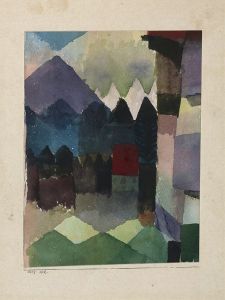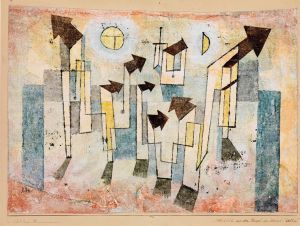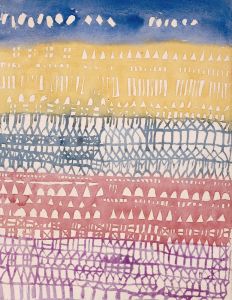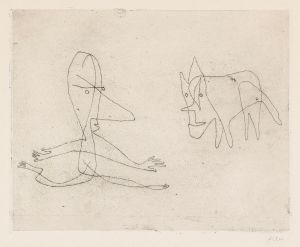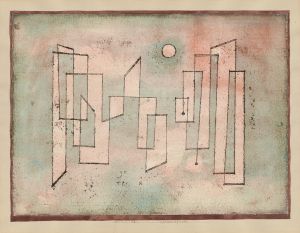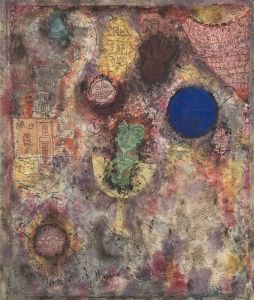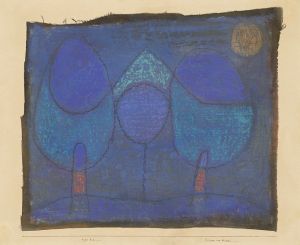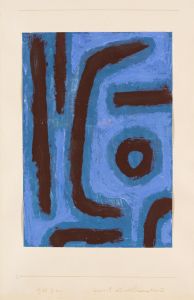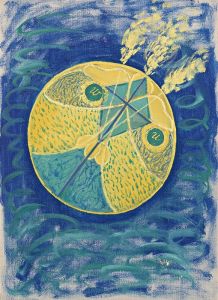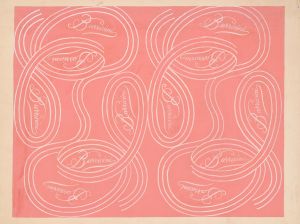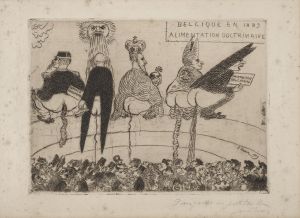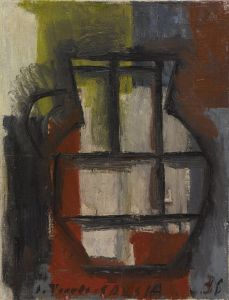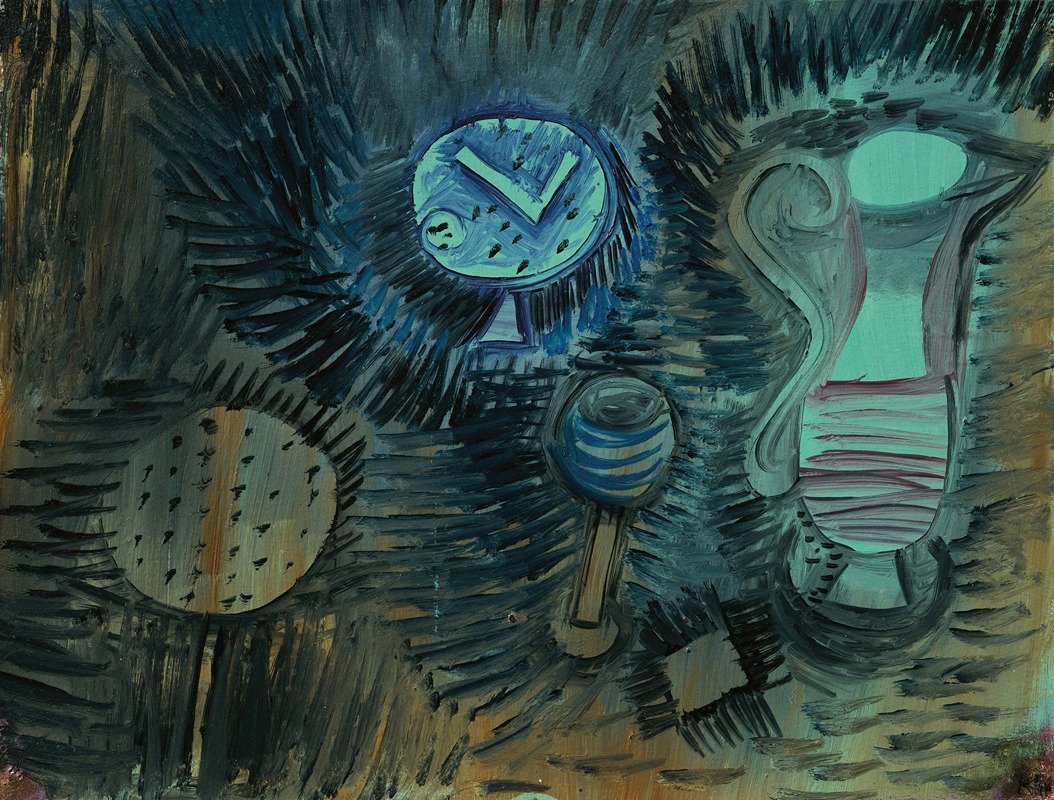
Stilleben
A hand-painted replica of Paul Klee’s masterpiece Stilleben, meticulously crafted by professional artists to capture the true essence of the original. Each piece is created with museum-quality canvas and rare mineral pigments, carefully painted by experienced artists with delicate brushstrokes and rich, layered colors to perfectly recreate the texture of the original artwork. Unlike machine-printed reproductions, this hand-painted version brings the painting to life, infused with the artist’s emotions and skill in every stroke. Whether for personal collection or home decoration, it instantly elevates the artistic atmosphere of any space.
Paul Klee, a Swiss-born artist, is renowned for his highly individual style that was influenced by movements in art that included Expressionism, Cubism, and Surrealism. One of his works, "Stilleben" (translated as "Still Life"), reflects his unique approach to art, characterized by a blend of abstraction and figuration, as well as his innovative use of color and form.
Klee was born on December 18, 1879, in Münchenbuchsee, near Bern, Switzerland. He was a natural draftsman who experimented with and eventually mastered color theory, and his works often reflect his dry humor and sometimes childlike perspective, his personal moods, beliefs, and musicality. Klee's artistic journey was marked by his association with the Bauhaus school, where he taught from 1921 to 1931, and his involvement with the Blue Rider group, a collective of artists that included Wassily Kandinsky and Franz Marc.
"Stilleben" is one of Klee's many works that showcase his ability to transcend traditional artistic boundaries. While specific details about the creation and history of "Stilleben" are limited, it is consistent with Klee's broader body of work, which often features a playful yet profound exploration of color, line, and form. Klee's still lifes, like his other works, are not mere representations of objects but are imbued with a sense of the metaphysical, inviting viewers to see beyond the surface.
Klee's approach to still life was not to replicate reality but to explore the underlying structures and rhythms of the world. His works often incorporate geometric shapes and symbols, reflecting his interest in the interconnectedness of all things. This approach can be seen in "Stilleben," where Klee's use of color and form creates a composition that is both harmonious and dynamic. His still lifes are often characterized by a sense of balance and order, yet they also convey a sense of movement and change.
Klee's work was influenced by his travels, particularly his visit to Tunisia in 1914, which had a profound impact on his use of color. The vibrant hues and light of the North African landscape inspired Klee to develop a new approach to color, which became a defining feature of his work. This influence is evident in "Stilleben," where Klee's use of color is both expressive and symbolic, contributing to the overall mood and meaning of the piece.
Throughout his career, Klee produced over 9,000 works, each reflecting his unique vision and artistic philosophy. His work has been the subject of numerous exhibitions and continues to be studied and admired for its innovative approach and enduring impact on modern art. Klee's legacy is one of creativity and exploration, and his works, including "Stilleben," remain a testament to his ability to see the world in new and unexpected ways.
In summary, while specific details about "Stilleben" by Paul Klee may be limited, the work is representative of Klee's broader artistic style and philosophy. It reflects his innovative use of color and form, his interest in the metaphysical, and his ability to transcend traditional artistic boundaries. Klee's work continues to inspire and challenge viewers, inviting them to see the world through his unique lens.





